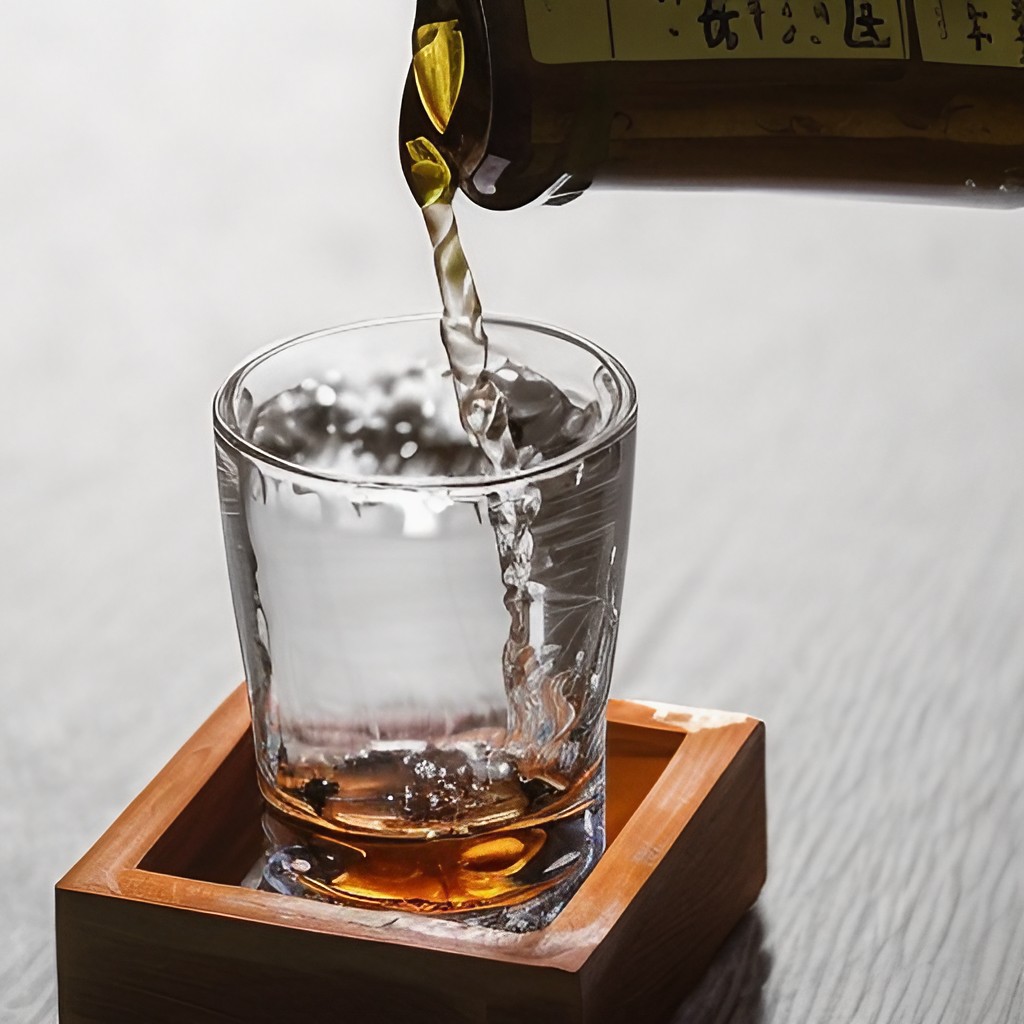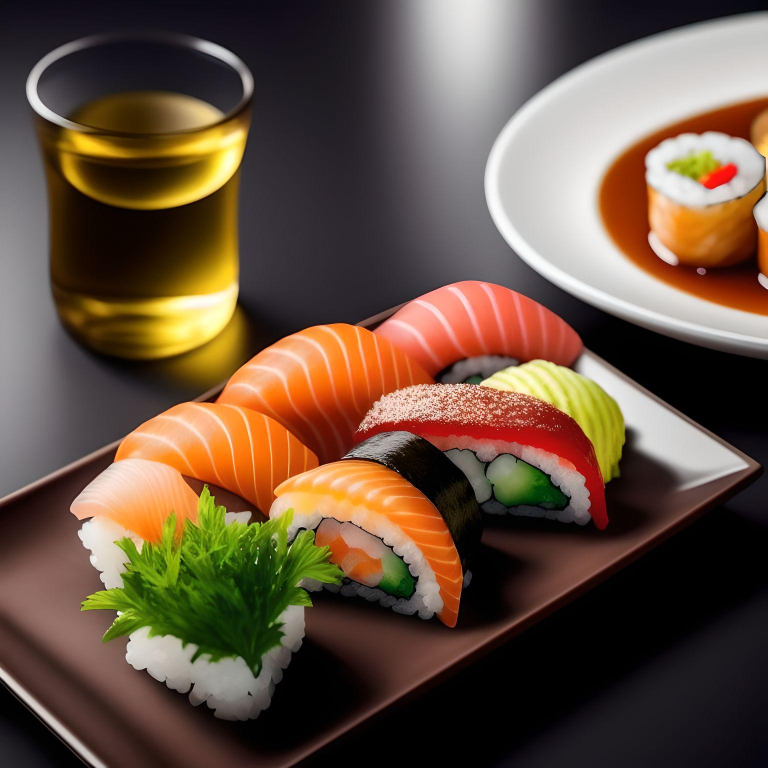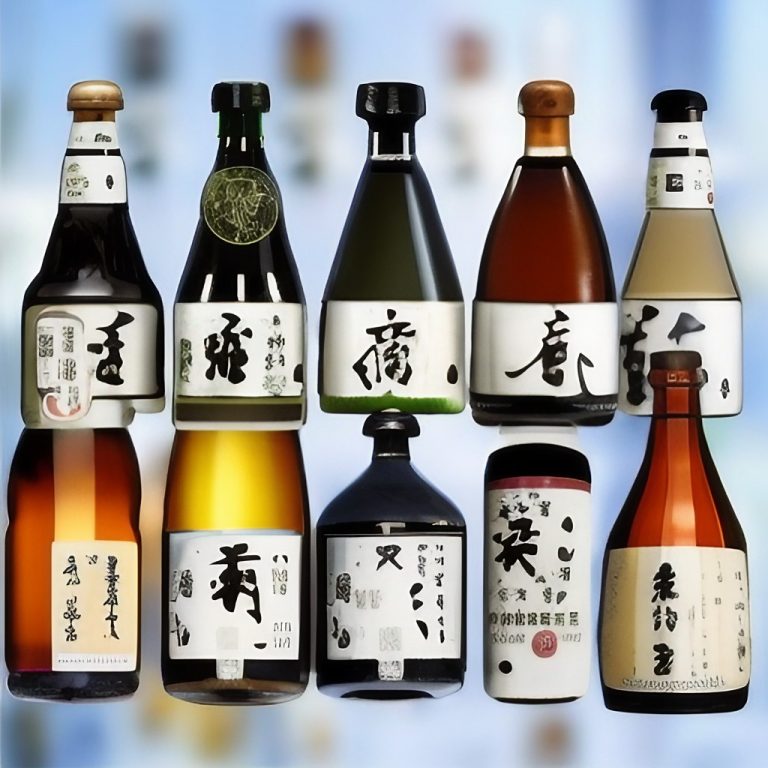Discover the Best Sake for Your Favorite Japanese Dishes
Discover the perfect pairing for your favorite Japanese dishes with our guide to the Best Cooking Sake. From sushi to ramen, we’ve got you covered with expert recommendations and tips for finding the perfect sake to complement your meal. Join us on a journey through the world of sake and discover the best flavors to enhance your dining experience.
Introduction
Sake, the Japanese rice wine, is quickly becoming a popular ingredient in cooking. With its mild flavor and high alcohol content that evaporates when cooked, sake offers an array of possibilities for creating delicious dishes. From sushi to ramen, sake can be used as a marinade or added to sauces for extra depth and complexity of flavor.
In this article we will explore the different types of sake available, their unique flavors and aromas, as well as tips on which type of sake works best with different recipes. So whether you’re new to cooking with sake or looking to expand your repertoire, join us on our journey through the world of Japanese cuisine!
Understanding Sake
What is Sake?
Sake, or nihonshu as it is known in Japan, is a rice wine made from fermented grains. It has been enjoyed for centuries and widely used as an ingredient in Japanese cooking. With its mild flavor and high alcohol content that evaporates when cooked, sake offers an array of possibilities for creating delicious dishes. Types of Sake and Their Unique Flavors & AromasThere are many types of good sake for cooking available, each with its own unique flavor and aroma. Junmai-shu is a type of sake made from only rice, water, yeast and koji (rice malt) and is known for its dry taste and full body.

Types of Sake
Junmai
If you’re a sake aficionado, you’ve probably heard of Junmai sake. It’s a traditional type of sake that’s made using just four simple ingredients: rice, water, yeast, and koji. Unlike other types of sake that may have added alcohol or sweeteners, Junmai has a pure and natural taste. It’s known for its dry flavor and full-bodied texture, which make it a great choice for pairing with hearty and savory dishes. Whether you’re sipping it chilled or warm, Junmai sake is a classic that’s sure to satisfy any sake lover’s palate.
Honjozo
Honjozo is a type of sake that has added alcohol, usually distilled from rice or potatoes. This addition gives the sake a rounder and more mellow flavor than Junmai, making it a favorite for those who prefer sweeter styles of sake. It also has a smoother finish and will retain its flavor even when cooked. Honjozo is perfect for pairing with lighter dishes such as seafood and salads.
Ginjo & Daiginjo
Ginjo and Daiginjo are considered premium sake varieties due to their higher quality ingredients, craftsmanship, and refinement process. Ginjo-shu (also known as special brew) is made using highly polished white rice which results in a light yet complex flavor profile
Nigori
Nigori is a type of sake that has been filtered only partially, leaving it with a cloudy appearance and a sweet flavor. It’s often served chilled as an aperitif or as an accompaniment to desserts. Nigori has notes of banana and coconut which make it great for pairing with exotic dishes.
Futsushu
Futsushu is a type of sake that is made with added distilled alcohol and is usually lower in quality. It’s typically sold at a more affordable price, making it an attractive option for those looking to explore the world of sake without breaking the bank. Futsushu has a mild flavor and can be used in cooking, though its taste may not be as vibrant as the higher-quality varieties.
Tips on Which Type of Sake Works Best for Different Recipes
When choosing which type of sake to cook with, consider the dish you’re making and the flavors you want to achieve. Junmai-shu will be best for bolder dishes such as grilled meats, since its dry and full-bodied taste complements heavier ingredients. Honjozo makes a good choice for lighter dishes such as seafood or
Pairing Sake with Japanese Dishes
Sushi
Best sake for sushi: Junmai-shu, Honjozo
Sushi is best paired with a dry sake such as Junmai or Honjozo. These styles of sake will bring out the delicate flavors in the sushi and help to accentuate the umami notes. The light body of Honjozo makes it especially suitable for sashimi, since it won’t overpower the delicate fish flavors.
Tips for pairing sake with sushi
- Match the sake to the fish. For delicate fish such as whitefish, choose a light sake such as junmai or honjozo. For bolder flavors like salmon and tuna, opt for a full-bodied junmai-shu.
- Serve your sake chilled. This will help to cut through the fat of fatty fish like eel and salmon, bringing out their flavor.
- Balance out spicy sushi rolls with a sweeter type of sake such as Nigori or Futsushu.
Tempura
Best sake for tempura: Daiginjo, Ginjo
Tempura is best paired with a higher-quality type of sake such as daiginjo or ginjo
Tips for pairing sake with Tempura
- Choose a higher-grade sake such as daiginjo or ginjo to complement the light and crunchy batter of tempura.
- Serve your sake chilled to help cut through the heaviness of the oil.
- Balance out the sweetness of sweetened sauces with a dry type of sake such as junmai or honjozo.
- Use Nigori or Futsushu for pairing with more savory tempura dishes.
Teriyaki
Best sake for teriyaki: Junmai, Honjozo
Teriyaki’s sweet and salty flavors are best balanced by a dry but mellow type of sake such as junmai or honjozo. The sweetness in honjozo will help to contrast the sauce’s saltiness while still allowing the dish’s flavor to shine through.
Tips for pairing sake with Teriyaki
- Choose a dry sake such as junmai or honjozo for contrasting the sweetness of teriyaki sauce.
- Serve your sake chilled to refresh the palate after
Ramen
Best sake for ramen: Junmai, Honjozo
Ramen’s complex flavor profile calls for a sake that can stand up to its bold flavors. The dryness of junmai and honjozo will provide a refreshing contrast to the ramen’s saltiness and umami notes.
Tips for pairing sake with Ramen
- Choose a dry type of sake such as junmai or honjozo for its more subtle flavor.
- Use Nigori or Futsushu if you’d like to add some sweet notes to your ramen.
- Serve your sake chilled so it won’t overpower the delicate flavors of the broth.
Yakitori
Best sake for yakitori: Junmai-shu, Honjozo
Yakitori’s bold and smoky flavors pair best with a dry sake such as junmai or honjozo. The dryness of these sakes will provide a refreshing contrast to the savory char of the grilled ingredients.
Tips for pairing sake with Yakitori
- Choose a dry type of sake such as Junmai or Honjozo to cut through the richness of the yakitori sauce.
- Serve your sake chilled to help bring out the delicate flavors of grilled vegetables like onion and mushrooms.
- Use Nigori or Futsushu if you’d like to add some sweetness to your yakitori dish.
Sake Grading System
How is sake graded
Sake is graded according to several factors, including alcohol content, rice milling rate, and type of yeast used during fermentation.
The highest grade sake is daiginjo, which has a rice-milling rate of 50% or less and uses special yeasts for fermentation.
Ginjo is the second highest grade of sake with a rice-milling rate between 50-60%.
Junmai is made from rice, water and koji only, while honjozo includes added brewer’s alcohol. Futsushu is the lowest grade of sake and contains added distilled alcohols.
Nigori sake is unfiltered and has a cloudy appearance due to its high starch content.
Importance of grading
The grading system for sake is important because it helps drinkers to understand the flavor profile and quality of a particular variety. For example, daiginjo sakes are typically delicate and floral in flavor while honjozo sakes tend to be more bold and full-bodied. Knowing the grade of sake will help you pair it with the right type of food or find one that matches your personal taste preferences. Grades can also dictate price, with higher grades usually costing more than lower grades due to their complexity and labor-intensive production process. Understanding how sake is graded can help you make an informed decision when purchasing sake at a bar or restaurant.
Conclusion
Sake is a popular Japanese beverage that makes a versatile accompaniment to many different types of Japanese cuisine. The type of sake you choose should be based on the flavors and ingredients in the dish, as well as the desired level of sweetness. Junmai-shu is best for bolder dishes like grilled meats, while Honjozo works well for lighter dishes such as seafood or sushi. Daiginjo and Ginjo are higher quality sakes that bring out the delicate flavors in tempura, while Junmai or Honjozo work best with teriyaki due to their dryness. Ramen pairs nicely with Junmai or Honjozo to contrast its saltiness, and Yakitori’s bold smoky flavors are complemented by dry sake such as Junmai-shu and Honjozo. Therefore, when pairing sake with a Japanese dish, it is important to consider not only the flavor of the food but also the variety of sake available in order to achieve optimal balance and complexity in your meal.
When it comes to pairing sake with Japanese dishes, there are a few key points to keep in mind. First, the type of sake should be chosen based on the flavors and ingredients in the dish. A sweet sake such as Nigori or Futsushu can help to balance out spicier dishes such as sushi rolls and tempura, while dry types of sake like Junmai and Honjozo work best for dishes that have a heavier flavor profile or sweetness. Additionally, higher quality sakes such as Daiginjo and Ginjo bring out the delicate flavors in light dishes like tempura.
Finally, sake is not only a great way to add complexity to your meal, but it is also a great way to enhance overall enjoyment. Its unique flavor makes it an ideal accompaniment to any Japanese dish, as its wide range of sweetness levels and aromas can provide an extra layer of depth and nuance. By pairing the right sake with the right dish, you can create a harmonious balance between food and beverage that adds to any meal’s overall experience.







